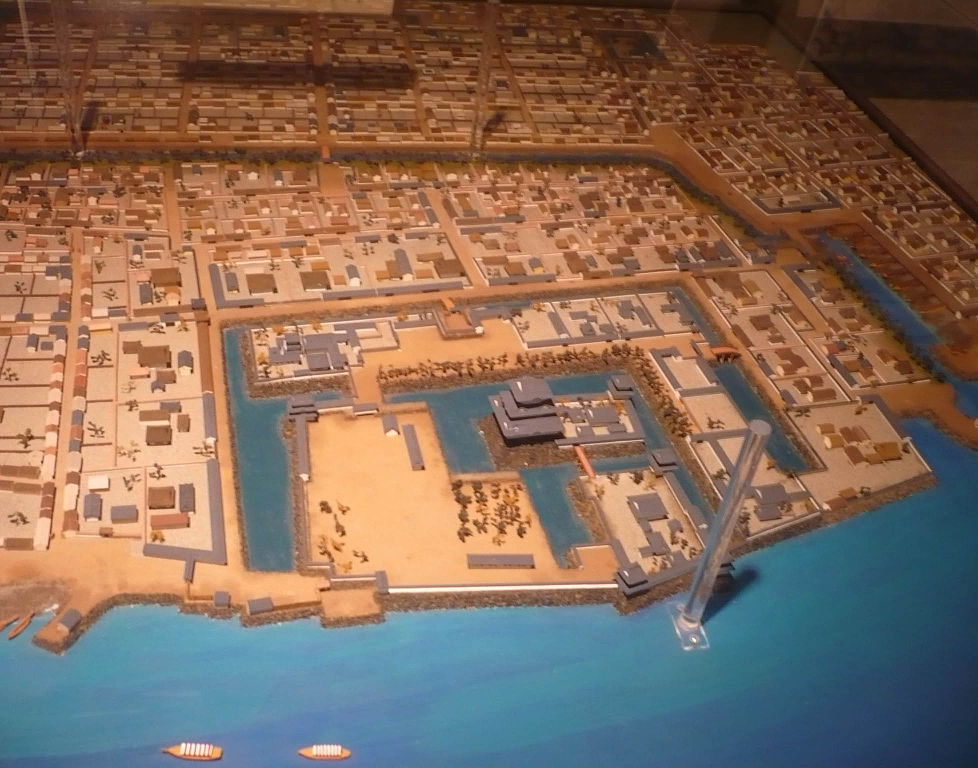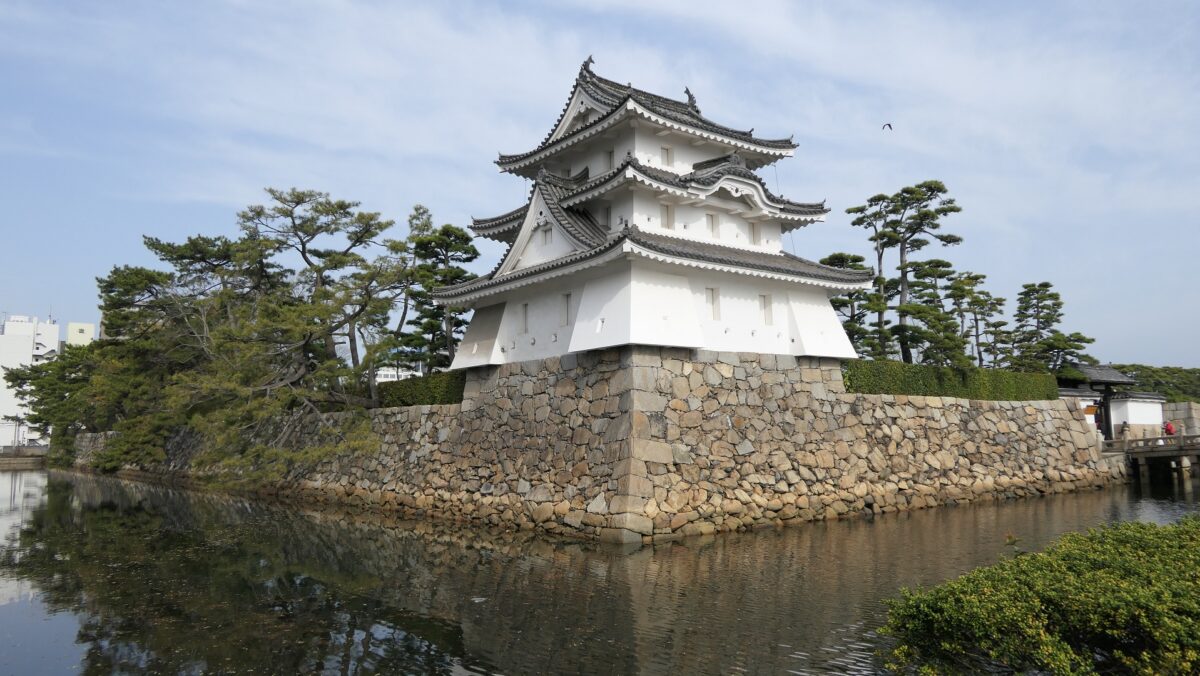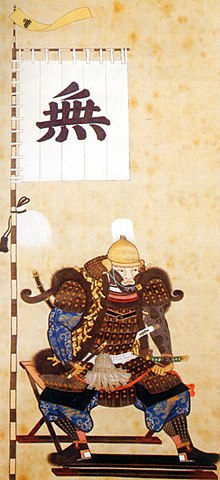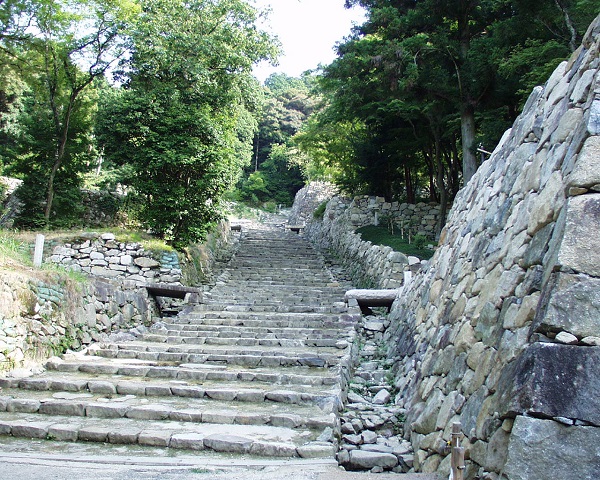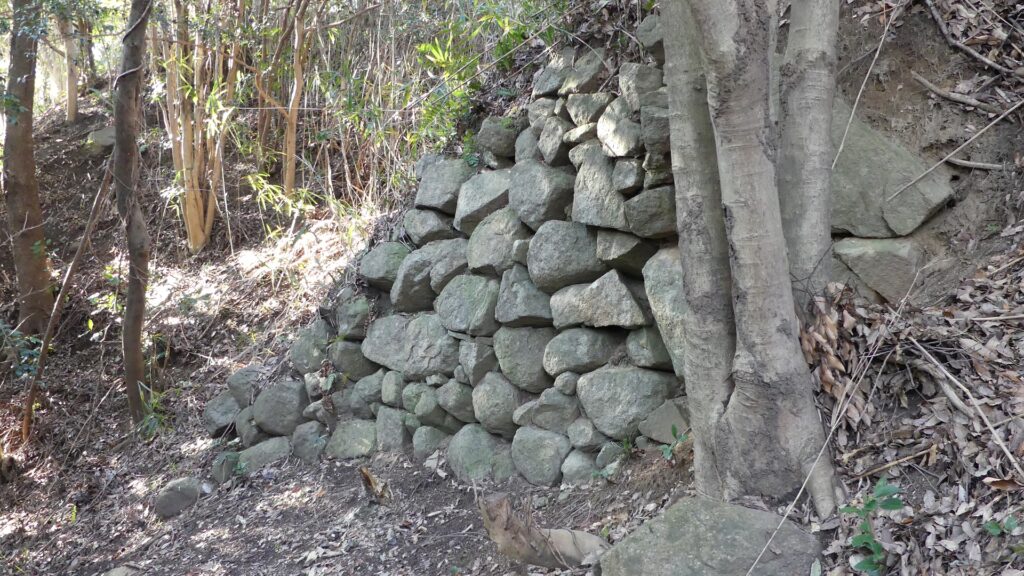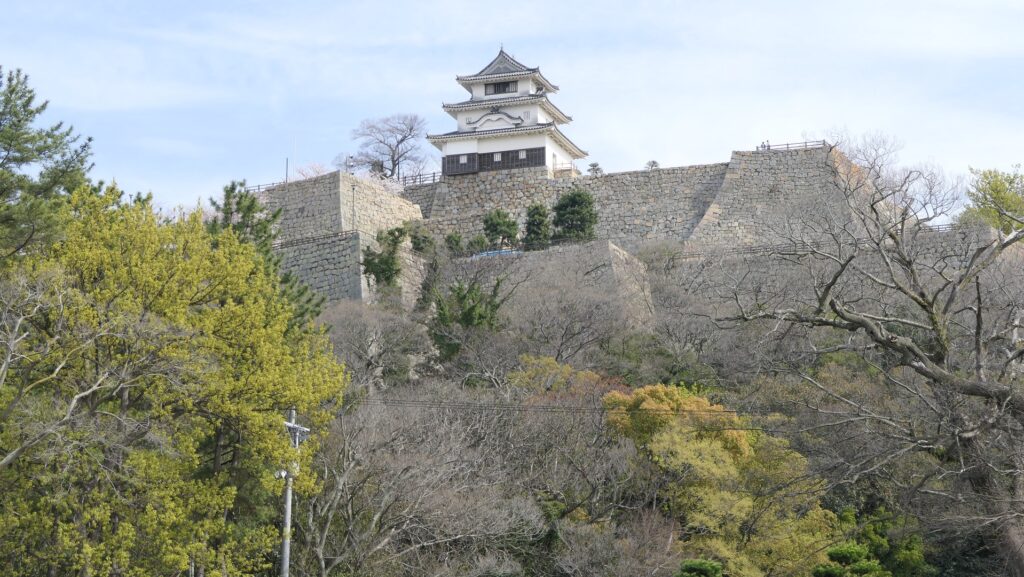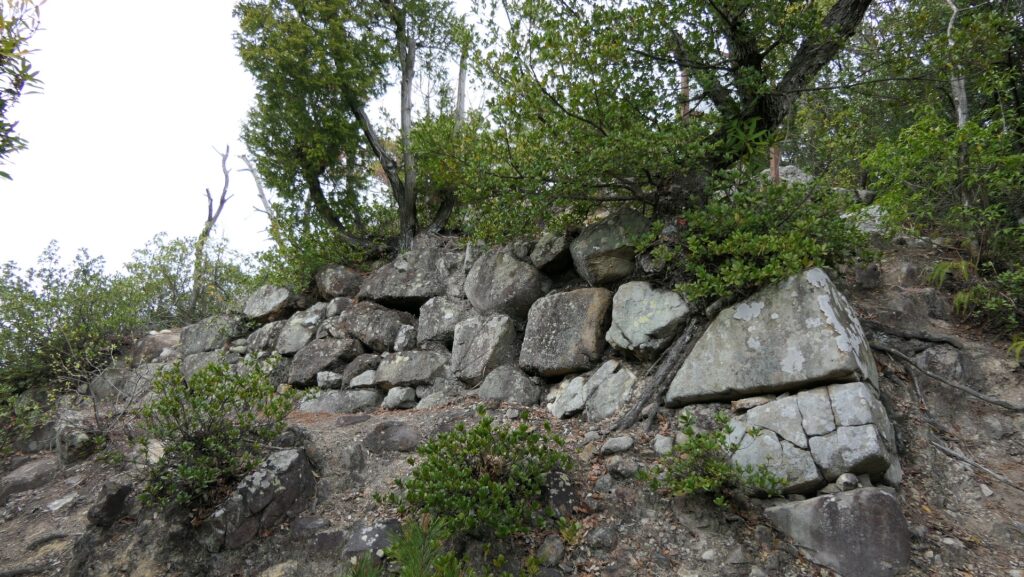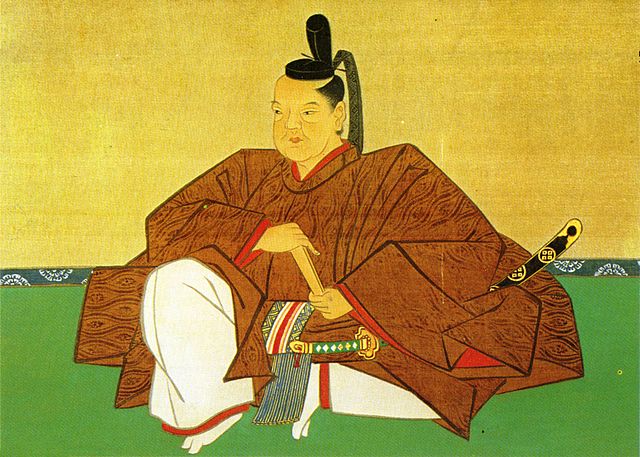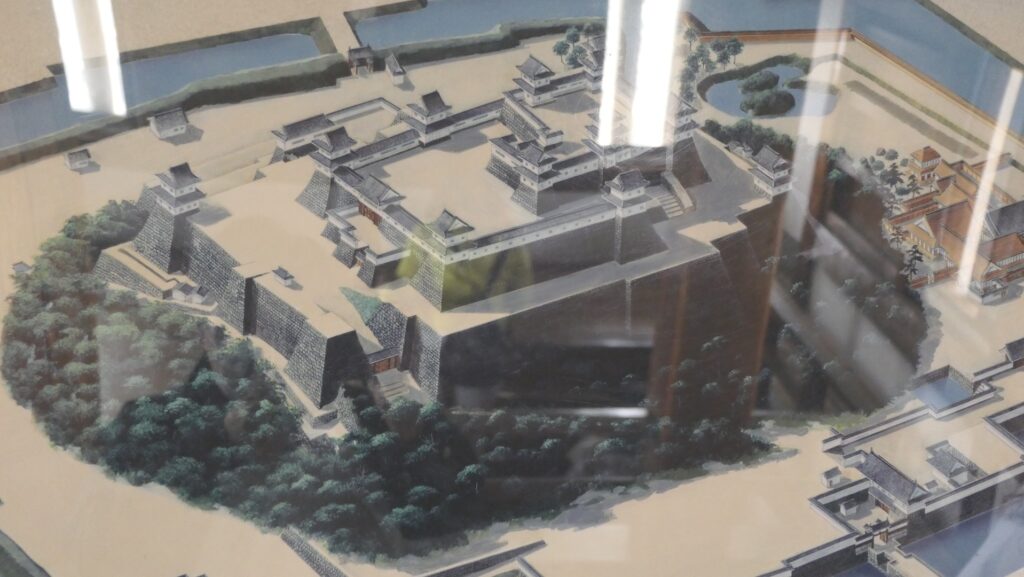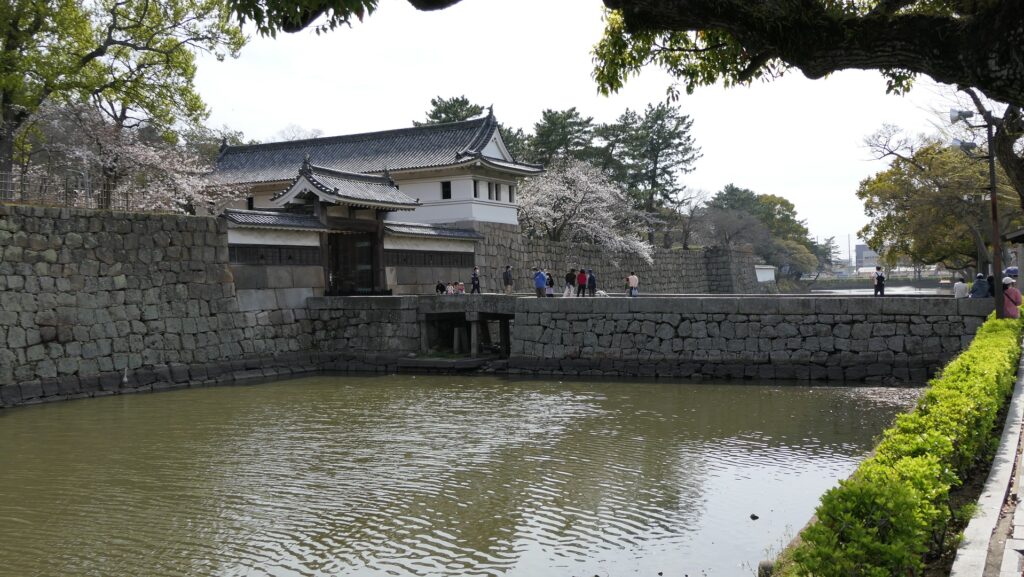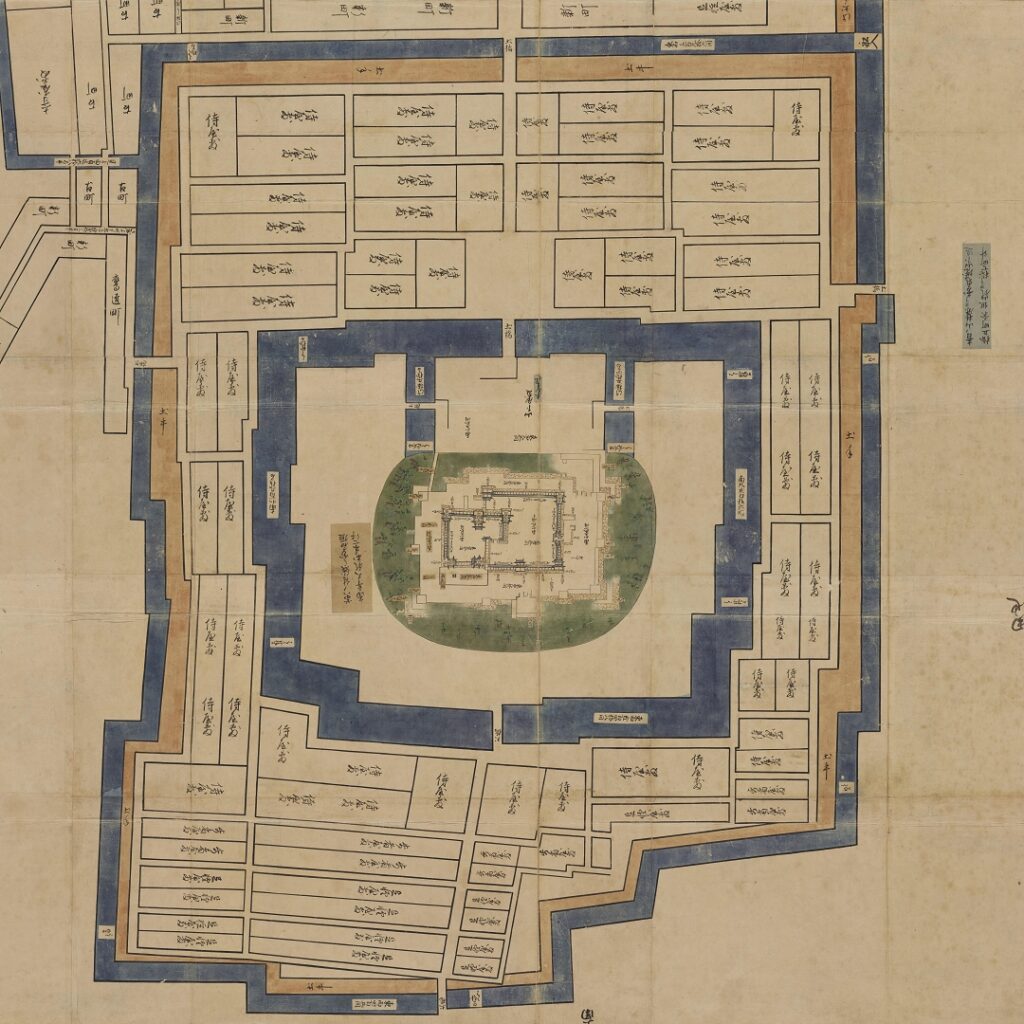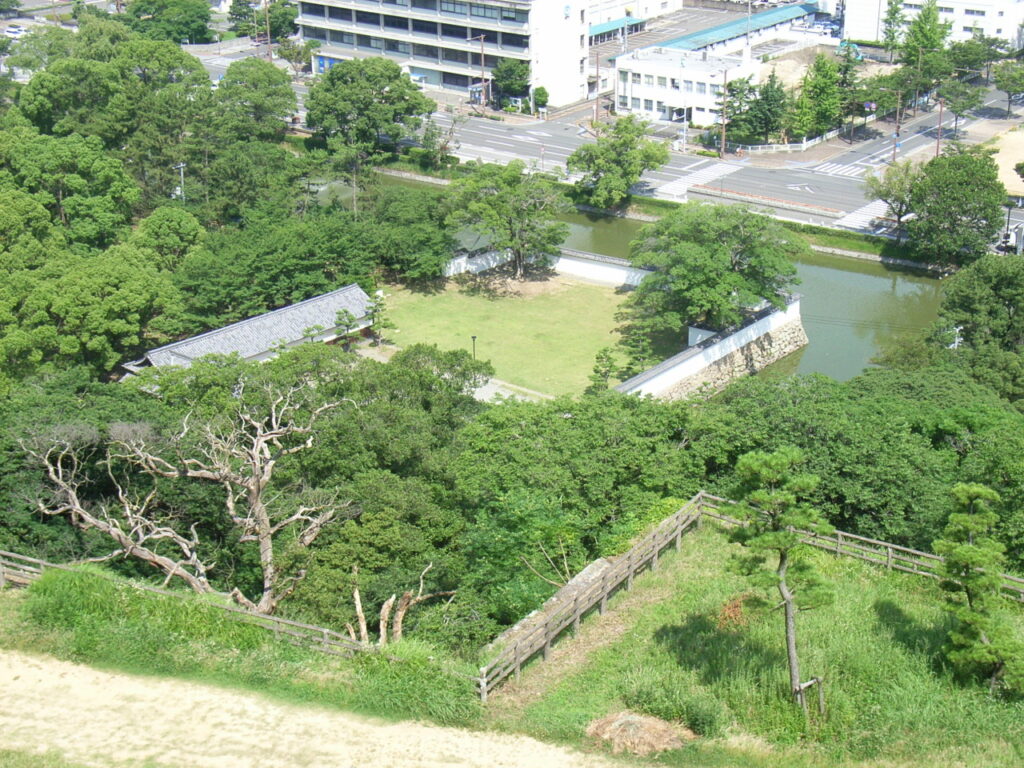Location and History
Chikamasa Ikoma built Castle based on experience
Takamatsu Castle, one of the greatest sea castles in Japan, was located in Sanuki Province which is now Kagawa Prefecture. The name of the prefectural capital, Takamatsu City, actually originates from this castle. Chikamasa Ikoma, who was a warrior in the 16th Century during the Sengoku Period, first built the castle. Chikamasa took part in many battles such as those at Nagashino Castle, Ishiyama Honganji Temple (former Osaka Castle), and Bicchu-Takamatsu Castle under the ruler Hideyoshi Toyotomi. Chikamasa contributed to the unification of the country by Hideyoshi who gave Chikamasa Sanuki Province in 1587.
The location of the castle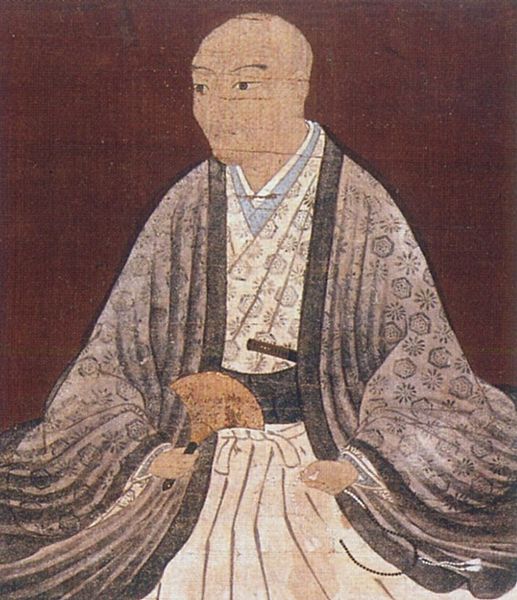
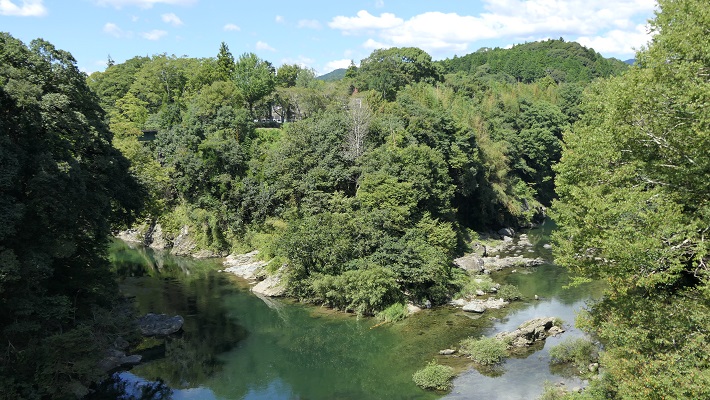

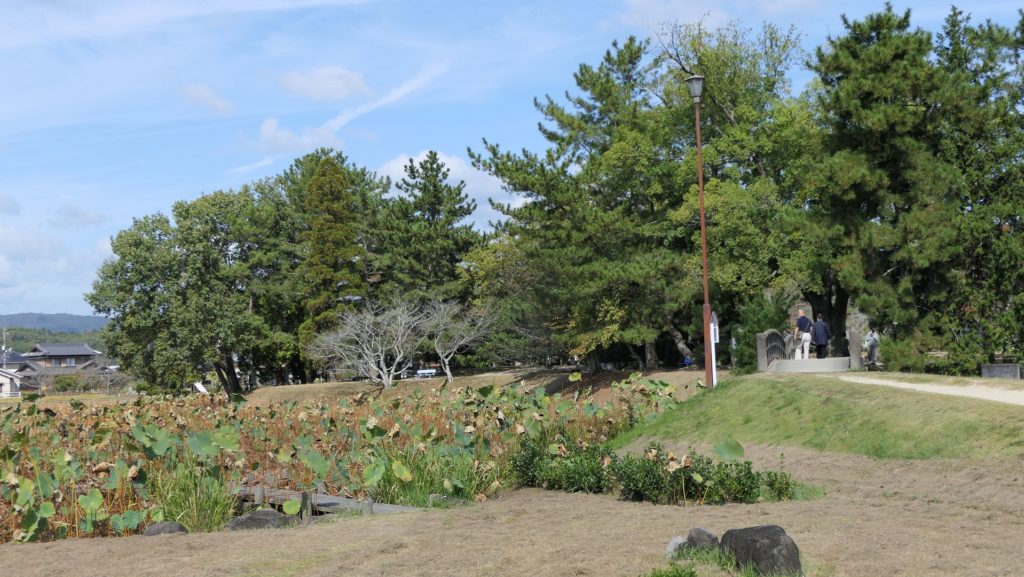
Chikamasa at first used the existing Hiketa Castle, but he decided to build a new castle as his home base. From his experiences, his concerns about the castle were:
・whether it would be able to get naval support during battles.
・whether it would be able to withstand gun attacks.
・whether it would be able to survive a long siege.
In the end, he devised Takamatsu Castle, which was completed in 1590.
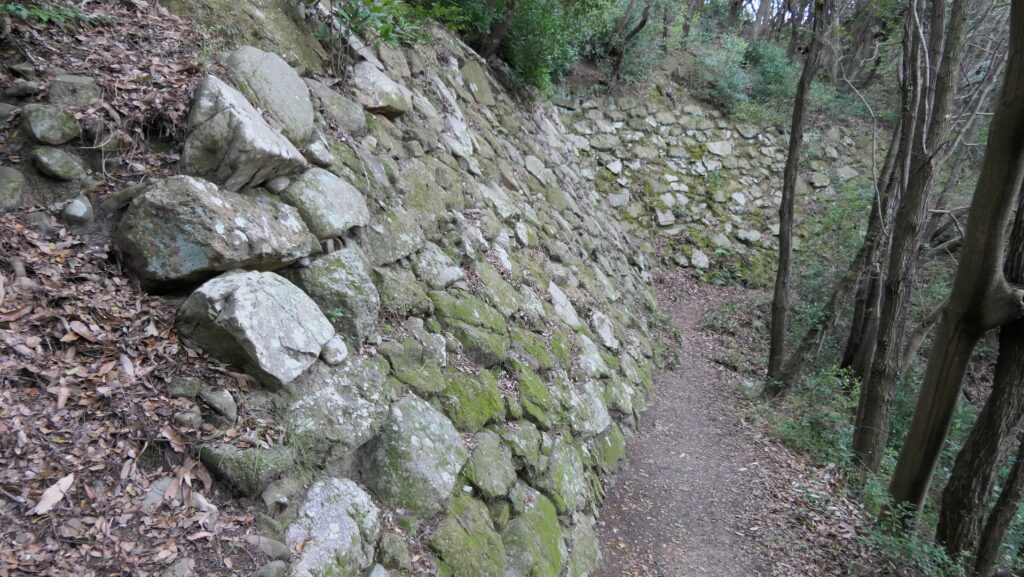

Castle surrounded by Sea and Triples Moats
Takamatsu Castle was built facing the Seto Inland Sea to the north, making it possible to ship directly to the sea. The castle was also surrounded by water moats tripled in the other directions, to which the sea supplied water. The main enclosure which had the three-layer main tower was isolated in the inner moat, connecting to the second enclosure with only a wooden bridge called saya-bashi. The third enclosure was next to the second enclosure, which had the gate opening to the sea. The enclosure also had the main hall for the lord of the castle. Such a castle was classified not only as a plain castle, but also a sea castle. It would be impossible for enemies to completely besiege this castle with technology at that time.
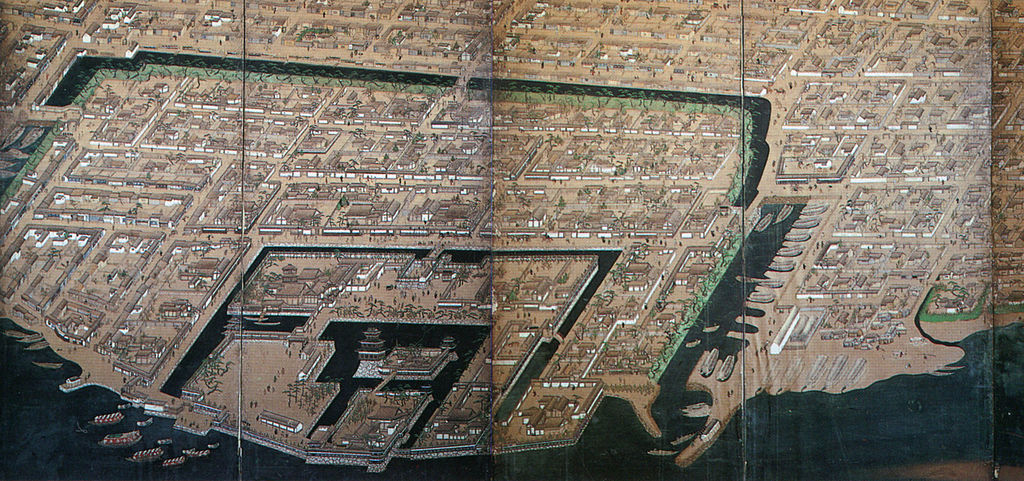
Matsudaira Clan followed and developed Castle
The Ikoma Clan was allowed to maintain their territory of Sanuki Province for a while by supporting the Tokugawa Shogunate in the battle of Sekigahara in 1600. However, the clan was forcibly moved by the shogunate in 1640 due to their internal strife. After that, the Shogun’s relative, Yorishige Matsudaira was sent to Takamatsu Castle as a replacement for the Ikoma Clan. Though lords were basically not allowed to renovate their castles at that time, he developed and improved Takamatsu Castle by rebuilding the main tower and adding the northern and eastern enclosures. This was because he was also responsible for monitoring non-hereditary feudal lords in Shikoku Island, who might have been against the shogunate.
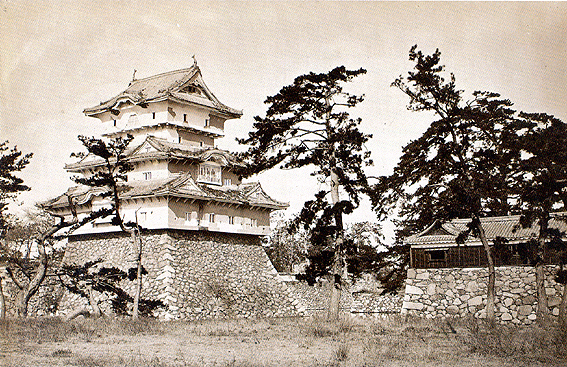
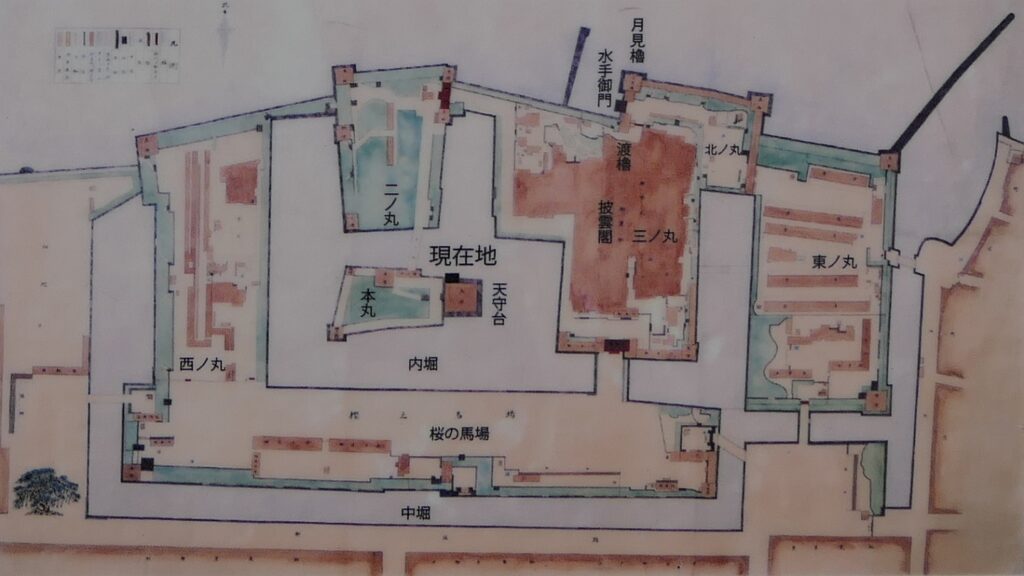
The Matsudaira Clan governed the castle and the area around as the Takamatsu Domain until the end of the Edo Period. In the peaceful time of the Edo Period, the beautiful view of the castle became a famous attraction for people. A guide book at the time says that the castle looks as if it is a floating castle on the waves from the Seto Inland Sea. The castle has also been said to be one of the three greatest sea castles in Japan.
